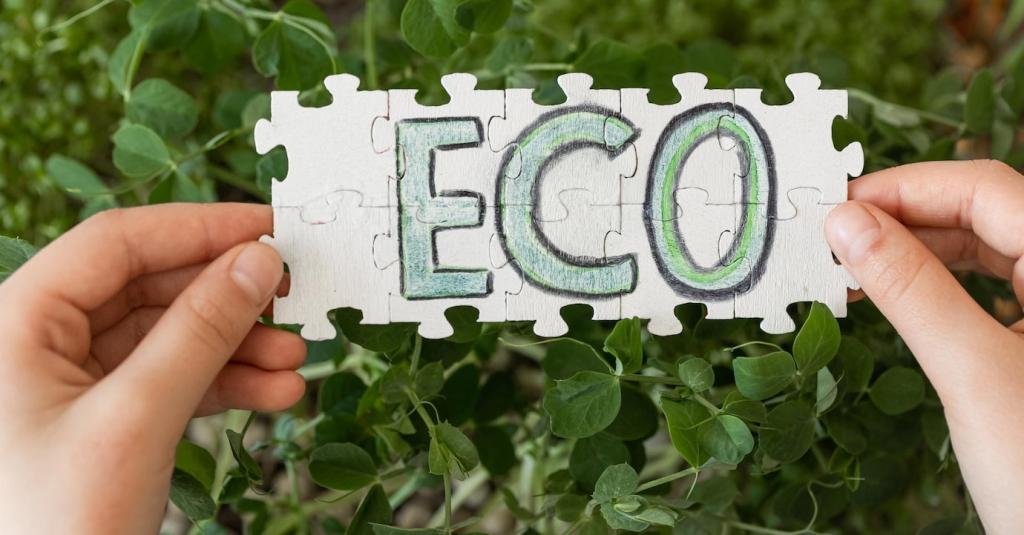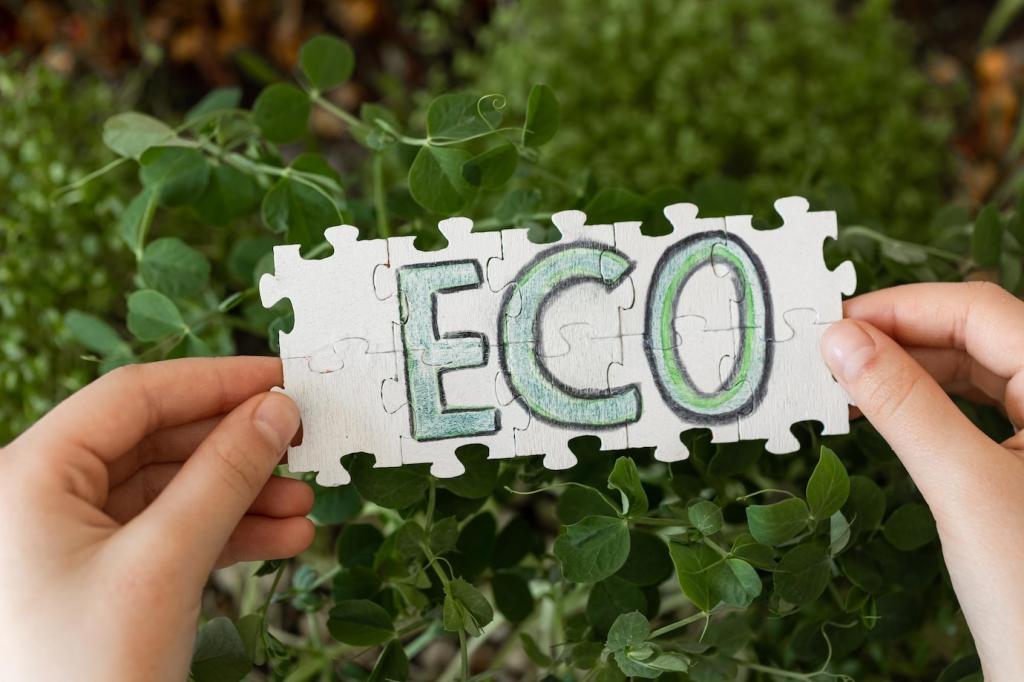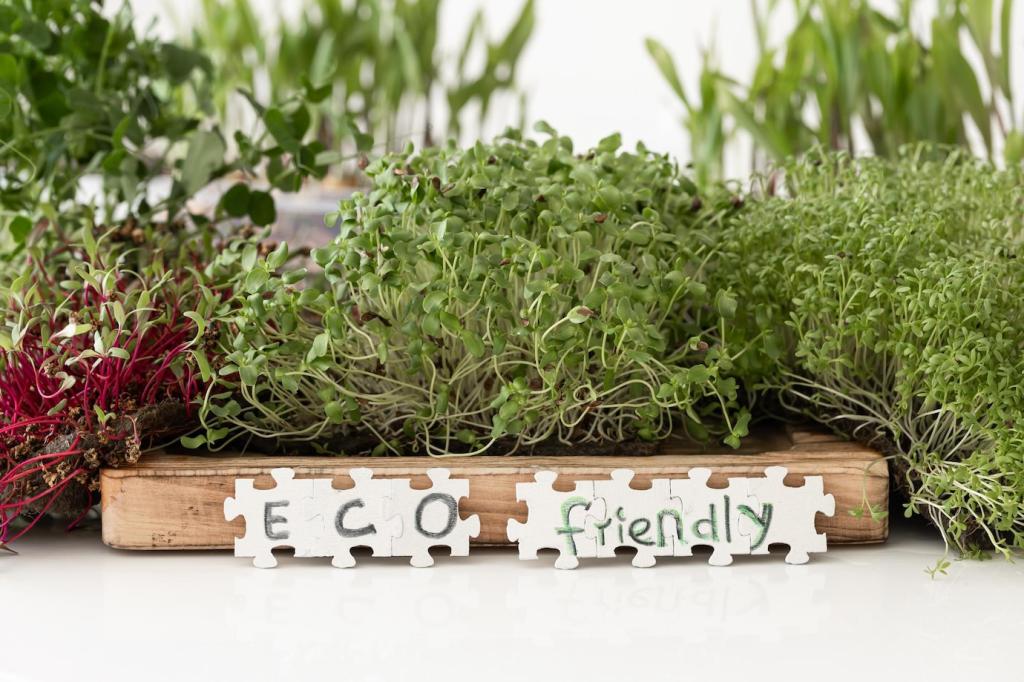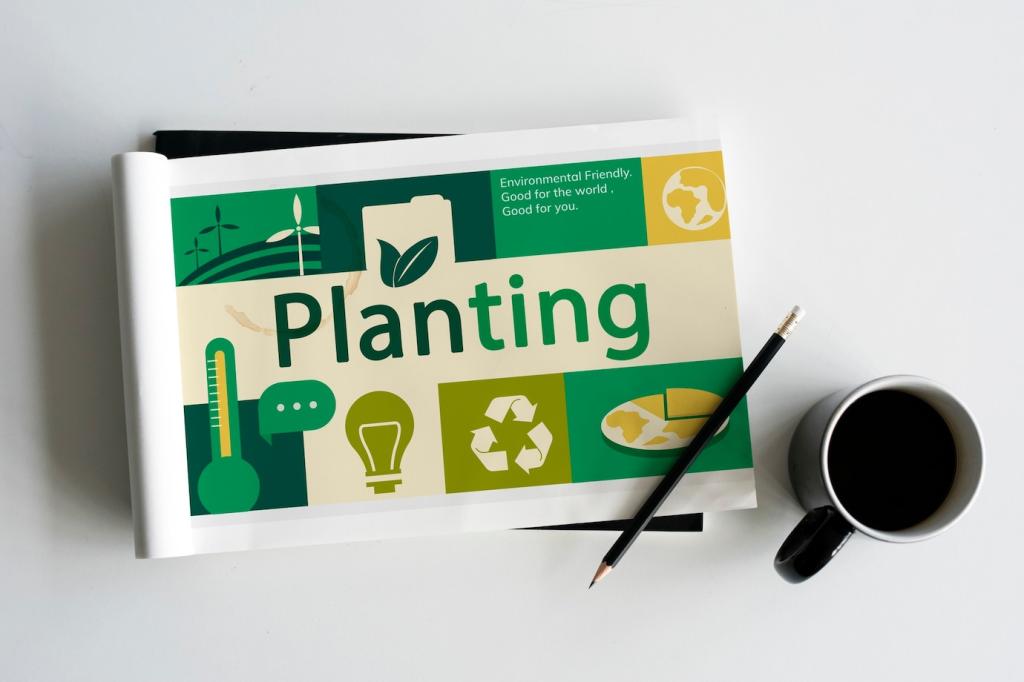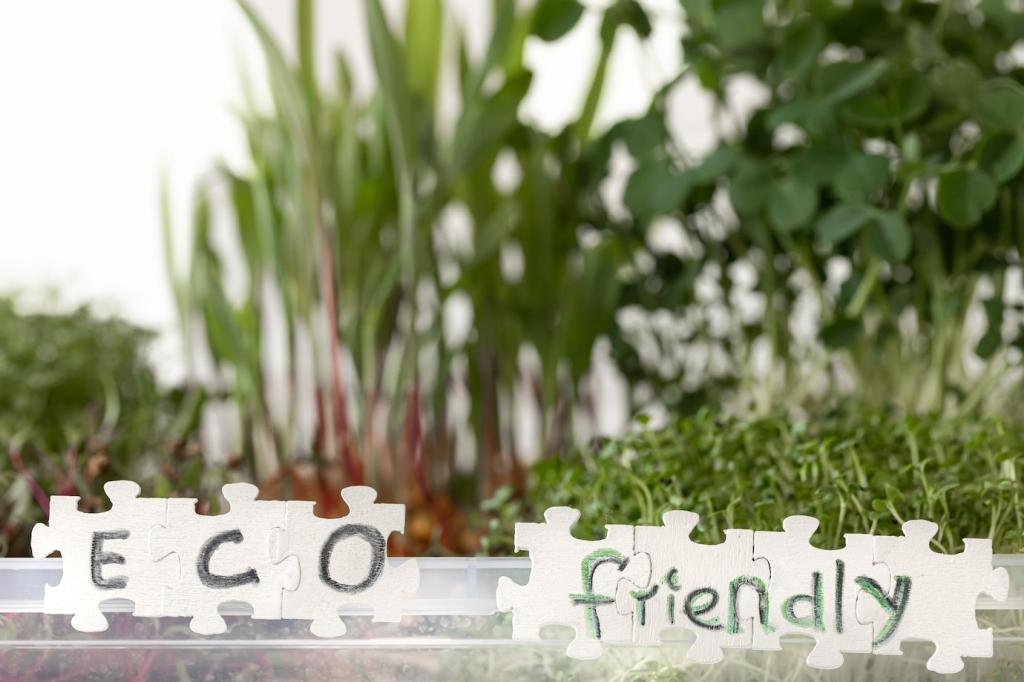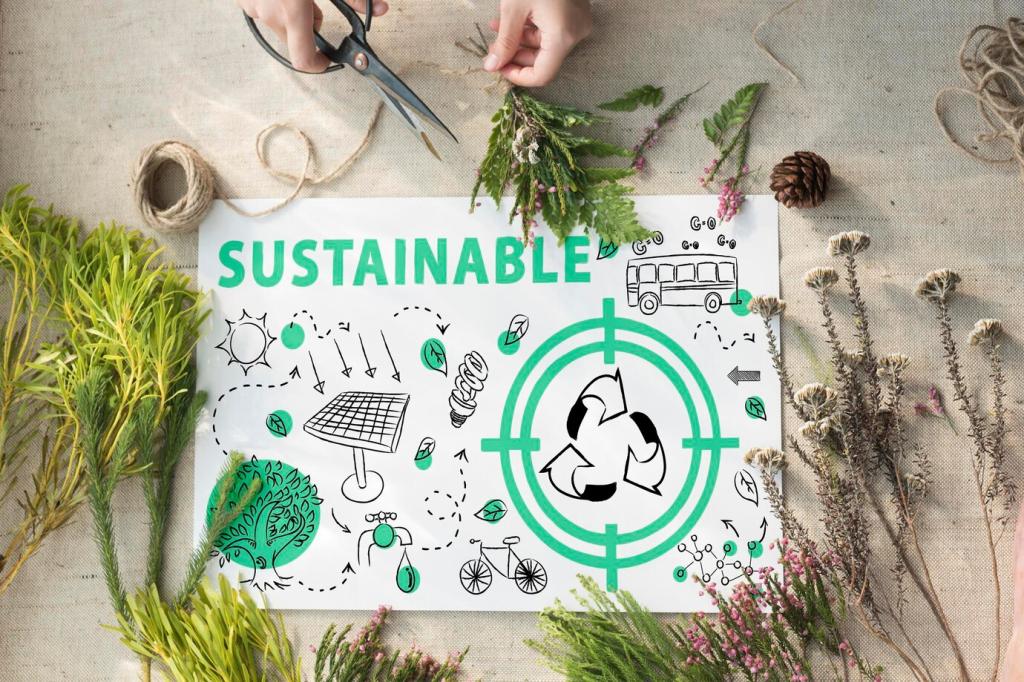Defining Sustainability in Daily Life
Sustainable living is meeting our needs without compromising others’ future needs. It becomes real through habits—small, repeatable actions like planning meals, turning off standby power, and choosing durable goods. Consistency, not perfection, creates momentum and meaningful change.
Defining Sustainability in Daily Life
Principles anchor decisions when choices feel confusing. With clear basics—reduce, reuse, repair, regenerate—you avoid trendy distractions and focus on what cuts emissions, waste, and harm. Principles guide trade-offs, helping you choose progress over paralysis in everyday situations.

